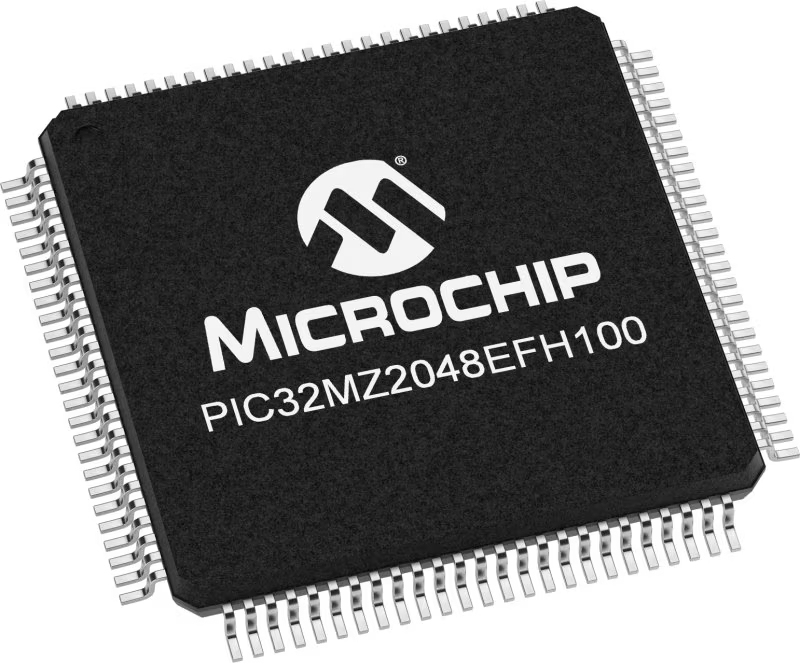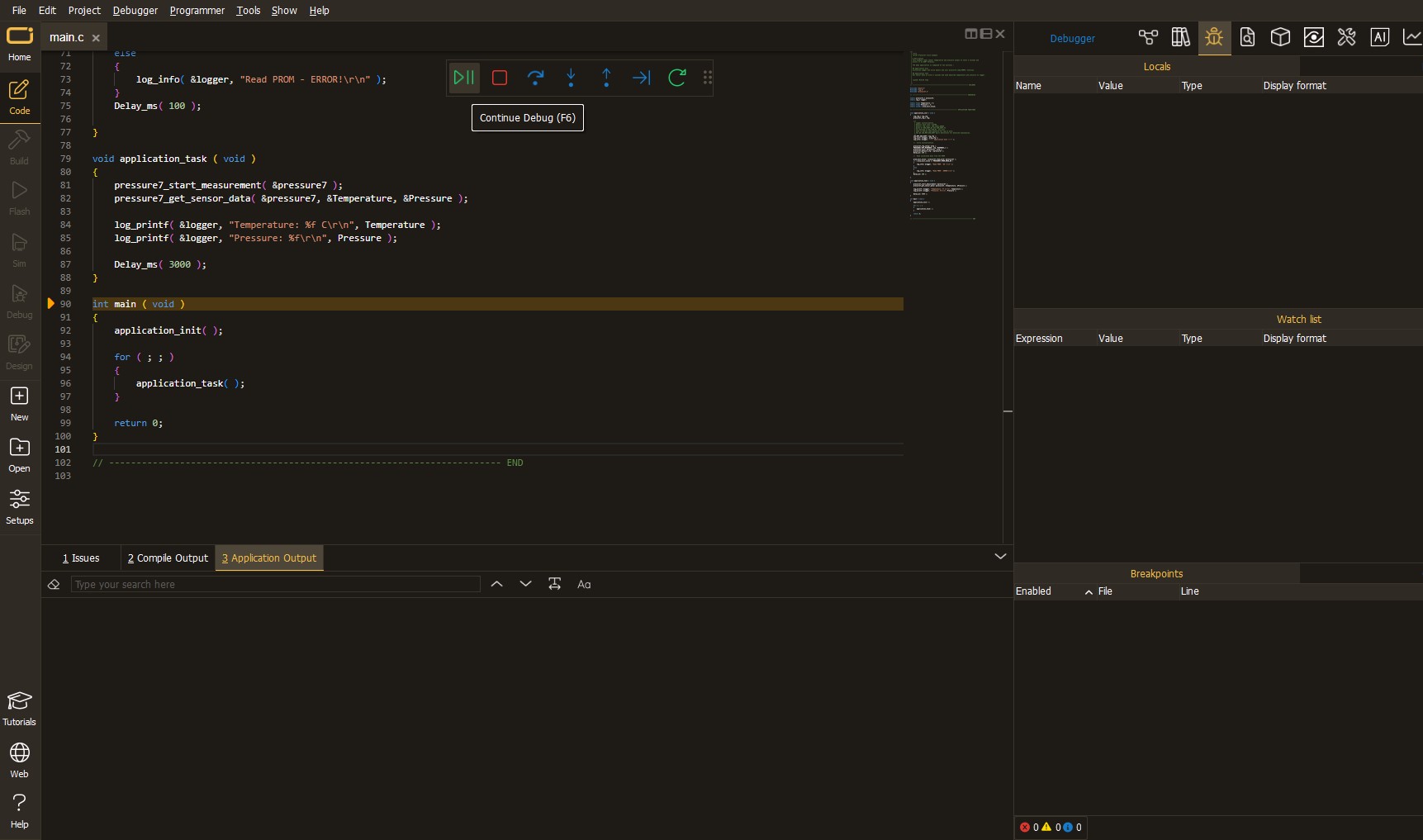Enhance your embedded solution's audio performance and invest in the future of audio technology with our advanced audio amplifier
A
A
Hardware Overview
How does it work?
AudioAmp 4 Click is based on the LM4860, a Boomer® series 1W audio power amplifier with shutdown mode from Texas Instruments. Besides the LM4860, there is also the CD74HC4051, a high-speed CMOS logic analog mux/demux IC from Texas Instruments. The LM4860 is used as the main audio amplifier component. This IC features a high level of integration, reducing the number of external components to a minimum. It does not require any output capacitors, bootstrap capacitors, or snubber circuits, which makes the design straightforward. Besides other functions, the IC features the Shutdown mode, activated by a HIGH logic level on a dedicated SHUTDOWN pin. Therefore, this pin must be set to a LOW logic level to enable the amplifier. However, AudioAmp 4 click already has a pull-down resistor, so the audio amplifier IC is enabled by default. The SHUTDOWN pin is routed to the CS pin of the mikroBUS™, labeled as EN. While in Shutdown mode, the power consumption is minimized, which is very useful for applications that rely on a battery power supply. The Shutdown mode pin is also routed to the
#E pin of the CD74HC4051, simultaneously disabling this IC as well. The audio signal can be connected via the 3.5mm JACK connector. By default, this signal is connected to one side of the voltage divider, composed of eight resistors. The other end of the voltage divider is tied to the GND, while the middle tap of the voltage divider can be selected by activating any of the eight available positions of the CD74HC4051 IC. The CD74HC4051 IC uses three control pins, allowing its internal analog SP8T switch to be closed between any of the eight I/O pins (A0 to A7) and one common I/O pin. The audio signal goes through this divider, gets divided by the ratio selected with the control pins, and into the audio input of the LM4860 audio amp IC. This results in having eight discrete volume levels, which can be digitally selected by S0-S3 control pins routed to the mikroBUS™. AudioAmp 4 Click is equipped with the SMD jumper labeled IN SEL. This jumper allows to selection the output from the RC filter, which filters out the PWM signal from the mikroBUS™ PWM pin, creating a DC signal of constant voltage.
By changing the PWM signal's pulse width, the RC filter's voltage output will change. If the IN SEL switch is moved to the PWM position, this signal will be introduced into the voltage divider instead of the 3.5mm jack connector audio signal. It can be used to generate custom waveforms by the software running on the host MCU. Three control pins of the CD74HC4051, labeled as S0, S1, and S2, are routed to the mikroBUS™ pins AN, RST, and INT, respectively, labeled according to the names of the control pins. These pins accept logic HIGH and LOW levels from the host MCU, so the CD74HC4051 can be controlled using a binary format on the control pins. The Click board™ uses only 5V rail from the mikroBUS™, so it should not be interfaced with MCUs with only 3.3V tolerant pins. The complete control of the IC is done exclusively by the GPIO pins of the MCU, so the software development complexity is reduced to a minimum. However, the click comes with the mikroSDK compliant library, offering a simple usage example and functions for rapidly developing applications.
Features overview
Development board
Flip&Click PIC32MZ is a compact development board designed as a complete solution that brings the flexibility of add-on Click boards™ to your favorite microcontroller, making it a perfect starter kit for implementing your ideas. It comes with an onboard 32-bit PIC32MZ microcontroller, the PIC32MZ2048EFH100 from Microchip, four mikroBUS™ sockets for Click board™ connectivity, two USB connectors, LED indicators, buttons, debugger/programmer connectors, and two headers compatible with Arduino-UNO pinout. Thanks to innovative manufacturing technology,
it allows you to build gadgets with unique functionalities and features quickly. Each part of the Flip&Click PIC32MZ development kit contains the components necessary for the most efficient operation of the same board. In addition, there is the possibility of choosing the Flip&Click PIC32MZ programming method, using the chipKIT bootloader (Arduino-style development environment) or our USB HID bootloader using mikroC, mikroBasic, and mikroPascal for PIC32. This kit includes a clean and regulated power supply block through the USB Type-C (USB-C) connector. All communication
methods that mikroBUS™ itself supports are on this board, including the well-established mikroBUS™ socket, user-configurable buttons, and LED indicators. Flip&Click PIC32MZ development kit allows you to create a new application in minutes. Natively supported by Mikroe software tools, it covers many aspects of prototyping thanks to a considerable number of different Click boards™ (over a thousand boards), the number of which is growing every day.
Microcontroller Overview
MCU Card / MCU

Architecture
PIC32
MCU Memory (KB)
2048
Silicon Vendor
Microchip
Pin count
100
RAM (Bytes)
524288
Used MCU Pins
mikroBUS™ mapper
Take a closer look
Schematic

Step by step
Project assembly
Track your results in real time
Application Output
After loading the code example, pressing the "DEBUG" button builds and programs it on the selected setup.

After programming is completed, a header with buttons for various actions available in the IDE appears. By clicking the green "PLAY "button, we start reading the results achieved with Click board™.

Upon completion of programming, the Application Output tab is automatically opened, where the achieved result can be read. In case of an inability to perform the Debug function, check if a proper connection between the MCU used by the setup and the CODEGRIP programmer has been established. A detailed explanation of the CODEGRIP-board connection can be found in the CODEGRIP User Manual. Please find it in the RESOURCES section.

Software Support
Library Description
This library contains API for AudioAmp 4 Click driver.
Key functions:
audioamp4_set_channel- This function sets the volume channel.audioamp4_shutdown- This function is used to switch device ON or OFF
Open Source
Code example
This example can be found in NECTO Studio. Feel free to download the code, or you can copy the code below.
/*!
* \file
* \brief AudioAmp 4 Click example
*
* # Description
* This example switches device on & off and sets volume channel to 3.
*
* The demo application is composed of two sections :
*
* ## Application Init
* Initializes GPIO interface, turns module ON and sets volume level to 0.
*
* ## Application Task
* Turns device OFF & ON and sets a three different volume values.
*
* ## Additional Functions
* - application_error_handler - Collects the response from the functions.
*
* \author Petar Suknjaja
*
*/
// ------------------------------------------------------------------- INCLUDES
#include "board.h"
#include "log.h"
#include "audioamp4.h"
// ------------------------------------------------------------------ VARIABLES
static audioamp4_t audioamp4;
static log_t logger;
// ------------------------------------------------------- ADDITIONAL FUNCTIONS
void application_error_handler ( AUDIOAMP4_RETVAL error_code )
{
switch ( error_code )
{
case AUDIOAMP4_OK :
{
log_info( &logger, "OK\r\n");
break;
}
case AUDIOAMP4_SHTDWN_STATE_ERR :
{
log_info( &logger, "Shutdown state error\r\n" );
break;
}
case AUDIOAMP4_VOL_CHANN_ERR :
{
log_info( &logger, "Volume channel error\r\n" );
break;
}
default :
{
break;
}
}
}
// ------------------------------------------------------ APPLICATION FUNCTIONS
void application_init ( void )
{
log_cfg_t log_cfg;
audioamp4_cfg_t cfg;
/**
* Logger initialization.
* Default baud rate: 115200
* Default log level: LOG_LEVEL_DEBUG
* @note If USB_UART_RX and USB_UART_TX
* are defined as HAL_PIN_NC, you will
* need to define them manually for log to work.
* See @b LOG_MAP_USB_UART macro definition for detailed explanation.
*/
LOG_MAP_USB_UART( log_cfg );
log_init( &logger, &log_cfg );
log_info(&logger, "---- Application Init ----");
// Click initialization.
audioamp4_cfg_setup( &cfg );
AUDIOAMP4_MAP_MIKROBUS( cfg, MIKROBUS_1 );
audioamp4_init( &audioamp4, &cfg );
audioamp4_default_cfg( &audioamp4 );
}
void application_task ( void )
{
log_info( &logger, "Turn on device:" );
application_error_handler( audioamp4_shutdown( &audioamp4, AUDIOAMP4_SHUTDOWN_OFF ) );
log_info( &logger, "Set volume channel 1:" );
application_error_handler( audioamp4_set_channel( &audioamp4, AUDIOAMP4_VOLUME_CHANN_1 ) );
Delay_ms( 2000 );
log_info( &logger, "Set volume channel 5:" );
application_error_handler( audioamp4_set_channel( &audioamp4, AUDIOAMP4_VOLUME_CHANN_5 ) );
Delay_ms( 2000 );
log_info( &logger, "Set volume channel 7:" );
application_error_handler( audioamp4_set_channel( &audioamp4, AUDIOAMP4_VOLUME_CHANN_7 ) );
Delay_ms( 2000 );
log_info( &logger, "Turn off device:" );
application_error_handler( audioamp4_shutdown( &audioamp4, AUDIOAMP4_SHUTDOWN_ON ) );
Delay_ms( 500 );
}
void main ( void )
{
application_init( );
for ( ; ; )
{
application_task( );
}
}
// ------------------------------------------------------------------------ END
































